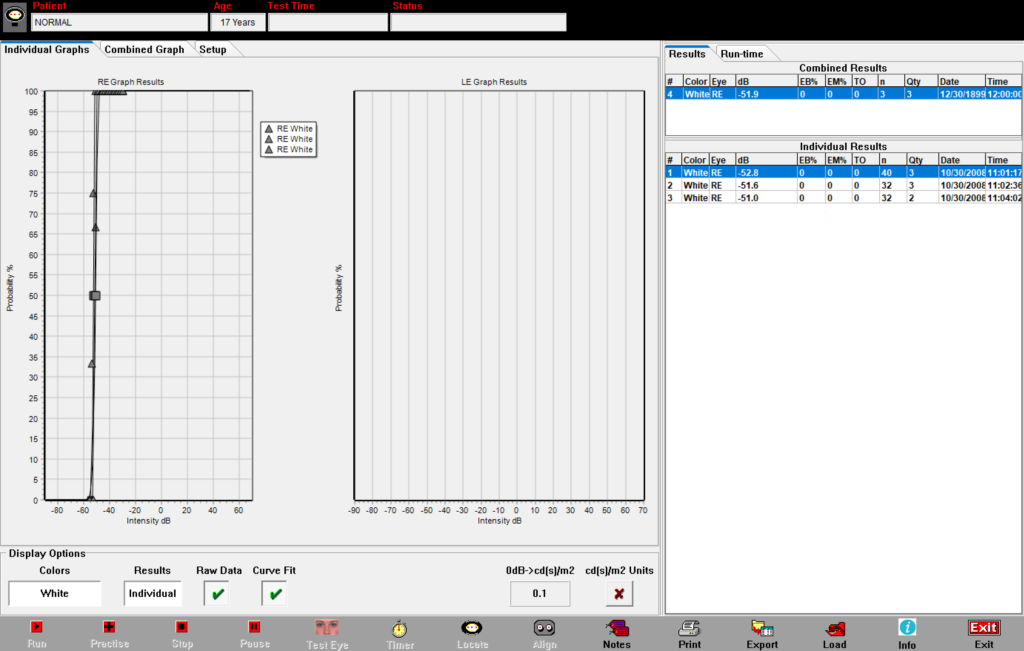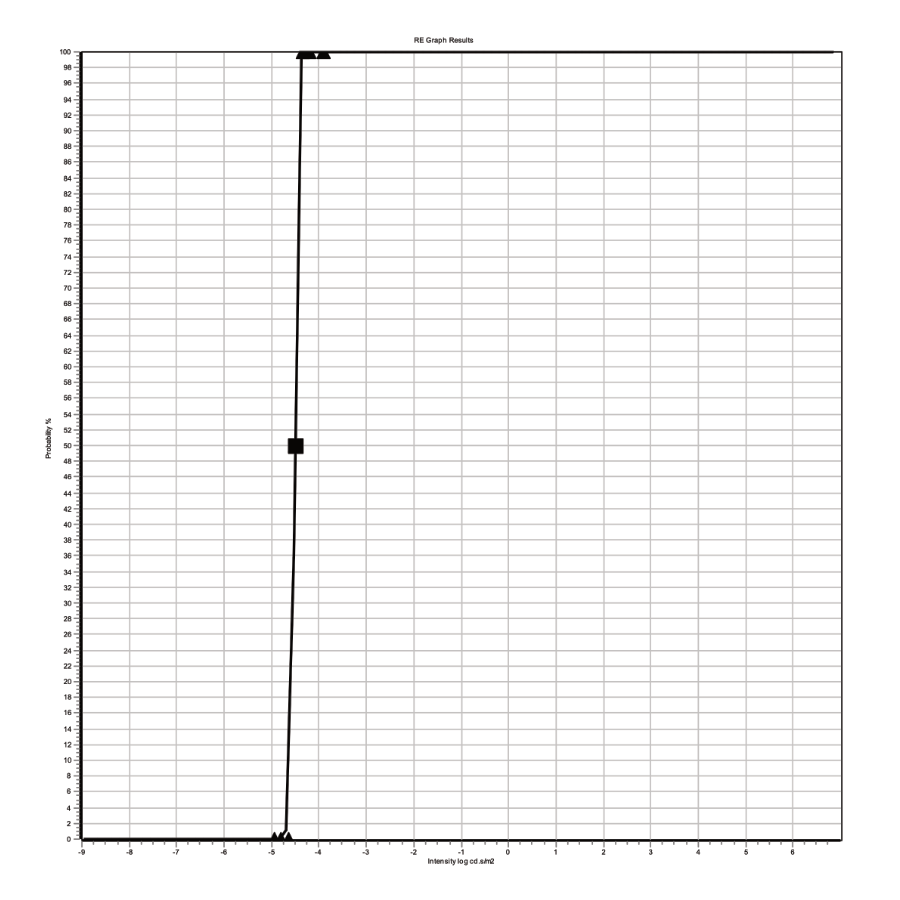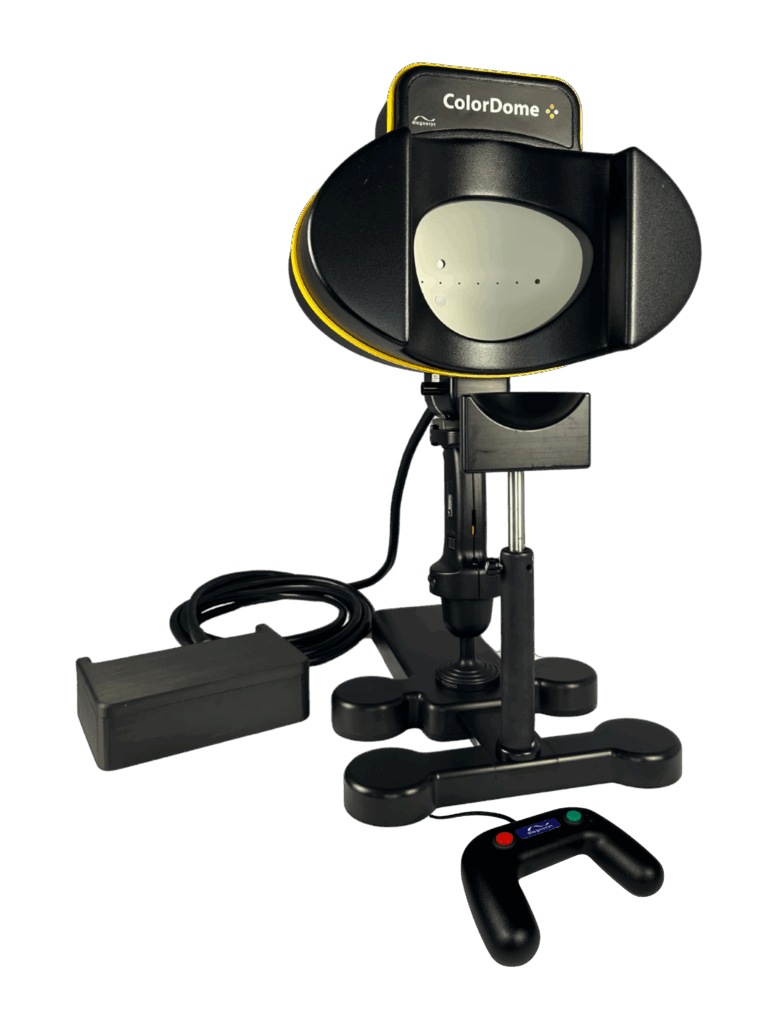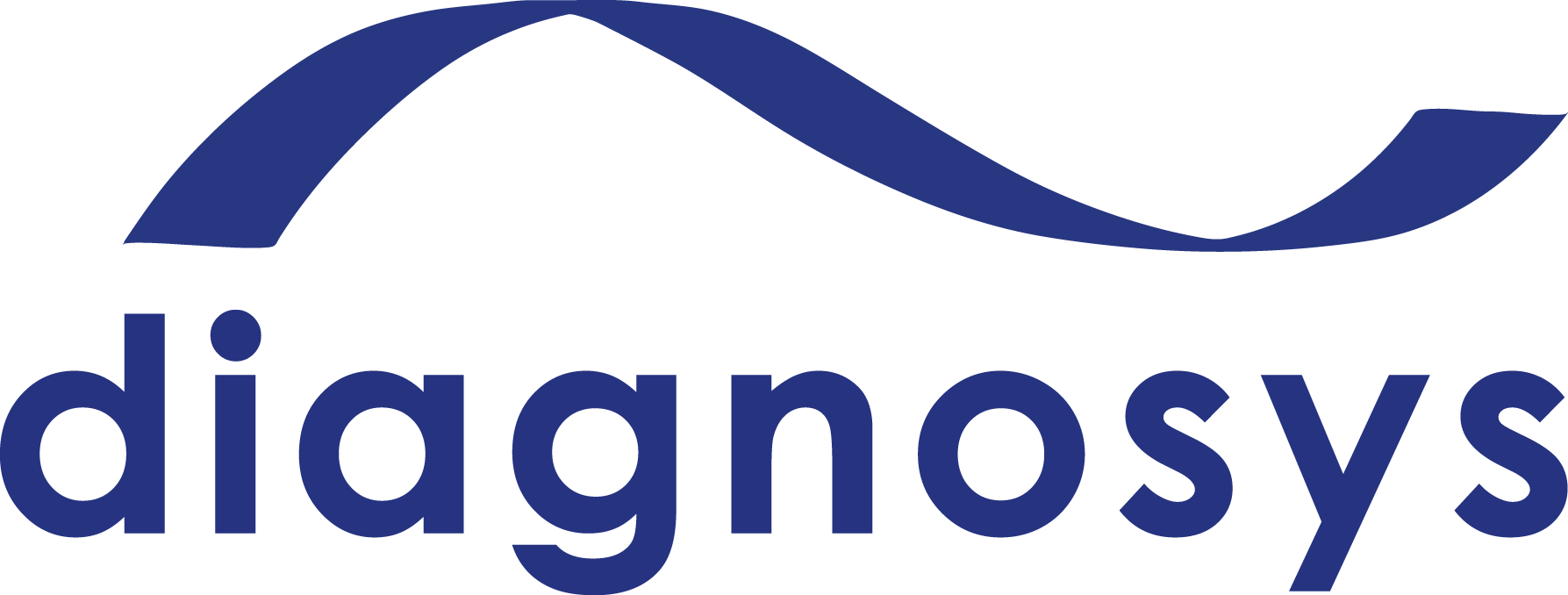The full-field stimulus test (FST) can assess a person’s light sensitivity threshold. This psychophysical test is used to identify the lowest luminance flash that elicits a visual sensation. FST is sensitive enough to quantify low vision when tests such as full-field electroretinography (ERG), visual acuity, perimetry, and microperimetry cannot.

Determine the light sensitivity threshold
In a standard scotopic FST, patients first undergo dark adaption before holding a button box while viewing a series of flashes. Each flash is paired with both an auditory and haptic cue to prompt a response. Patients respond “yes” or “no” to whether they perceive the light. Patients simply answer “yes” or “no” to indicate whether they perceive the light. The system then automatically adjusts flash intensity until a threshold is determined, a process that typically takes just 1–2 minutes.
Differentiate rod and cone sensitives
Because rods are more sensitive to blue light than to red, rod and cone sensitivities can be distinguished by testing with red and blue light stimuli. When photoreceptor differentiation is not required, white light stimuli may be used. Clinical trials—including the successful Luxturna RUSH2A gene therapy study—have employed DiagnosysFST® as an endpoint. To support such work, Diagnosys offers consulting services to design custom test protocols tailored to clinical trial needs.
FST threshold interpretation
The threshold is defined as the luminance level a patient can reliably detect 50% of the time. Test results are considered reliable when the patient gives consistent “yes” or “no” responses across stimulus intensities.
The further ensure reliability, the DiagnosysFST® proprietary quality algorithm rates patient responses on a scale from 0 to 3, ranging from not acceptable to very good.


FST on the Standalone system
To accommodate more clinics worldwide, Diagnosys offers FST on the Standalone system, a low-cost platform for gene therapy clinical endpoint testing.
Variations of DiagnosysFST
Variations of the DiagnosysFST include testing under mesopic and photopic light conditions, in addition to the standard scotopic setting. Another option is to test only the central visual field by using the iMask, which restricts the field size.
References
Jolly, J.K., Grigg, J.R., McKendrick, A.M. et al. ISCEV and IPS guideline for the full-field stimulus test (FST). Doc Ophthalmol 148, 3–14 (2024). https://doi.org/10.1007/s10633-023-09962-7
Journal publications with data using DiagnosysFST.
